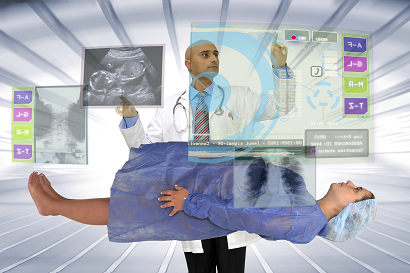Nausea and Vomiting in Pregnancy
What is it?
Up to 75% of pregnant women suffer from nausea and/or vomiting in pregnancy. It is very, very common, and sometimes eferred to as “morning sickness”. This unfortunate side effect of pregnancy probably occurs secondary to a being very sensitive to the hormones of pregnancy. You can have varying severity of disease from mild intermittent nausea, to severe debilitating disease. The onset occurs at about 4-6 wks gestational age, peaks around 12-14, and subsides by about 20 wks.
A severe persistent form of nausea and vomiting of pregnancy occurs in about 1% of women and is called. Hyperemesis Gravidarum. This occurs when you have at least 3 episodes of nausea and vomiting and lose at least 6.5lbs, or 5% of your pre-pregnancy weight.
There are a few maternal conditions that may present with nausea and vomiting as the primary symptom. These include: ovarian torsion, hyperthyroidism, gastroenteritis, intestinal obstruction, kidney infection, molar pregnancy, appendicitis, pancreatitis, hepatitis…your physician will rule these out first before considering a diagnosis of nausea and vomiting of
pregnancy.
How It Affects the Mother
With nausea and vomiting of pregnancy, there are minimal effects on the mother. Loss of work is common, and treatment centers around avoidance of triggers, dietary modifications, and medication.

Triggers include foods that are high in acidity. Vitamin C containing foods such as orange juice, fruit, pizza, spaghetti sauce, caffeine, carbonated drinks, all can trigger acid release in the stomach which can cause acid reflux. These symptoms are worse while lying down, and can cause vomiting. Avoidance of these foods can be helpful as can proton pump inhibitors (PPI) such as Nexium.
Early treatment of symptoms with lifestyle modifications and possibly medications will result in the most success and least amount of work loss. There are however extreme cases of hyperemesis gravidarum in which the mother cannot tolerate anything orally, and needs an IV to get hydration and nutrition. Treatments that are beneficial in treating nausea and vomiting in pregnancy are as follows ginger, Vitamin B6, Diclectin,, Benadryl (diphenydramine), Zofran. Reglan.
There is up to 15% recurrence of nausea and vomiting with subsequent pregnancy.
How It Affects the Fetus
Most cases of nausea and vomiting of pregnancy are not associated with adverse pregnancy outcome. Hyperemesis Gravidarum involving maternal IV for nutrition has been associated with fetal growth restriction and possible adverse fetal outcome.
This blog post is presented to you by VSacharMD.com the worlds first and only cosmetic company that makes safe non-toxic cosmetics that can be used in pregnancy, or by anyone who wants safe cosmetics. Note this post is for entertainment purposes only, and is not meant to be taken in the place of medical advice. Discuss your condition with your obstetrician. Visit us at VSacharMD.com for more posts and information about our products.
All Rights Reserved, Copyright V Sachar MD, 2014







